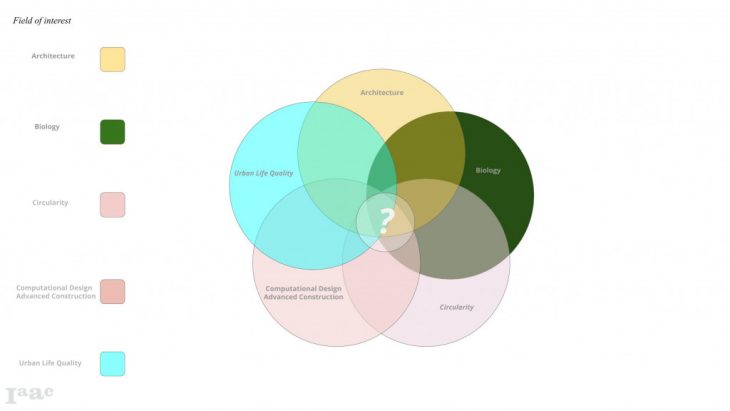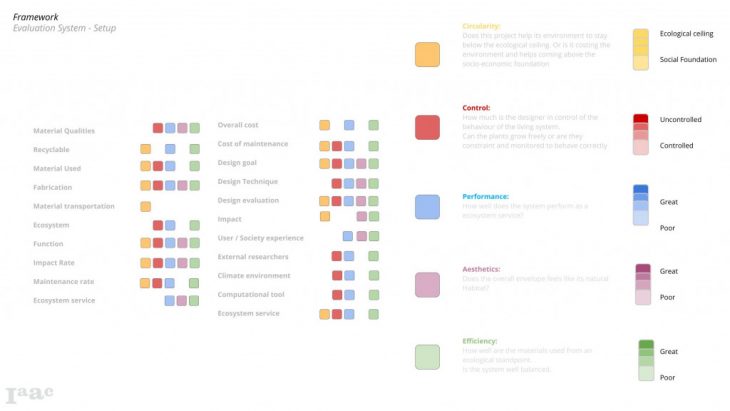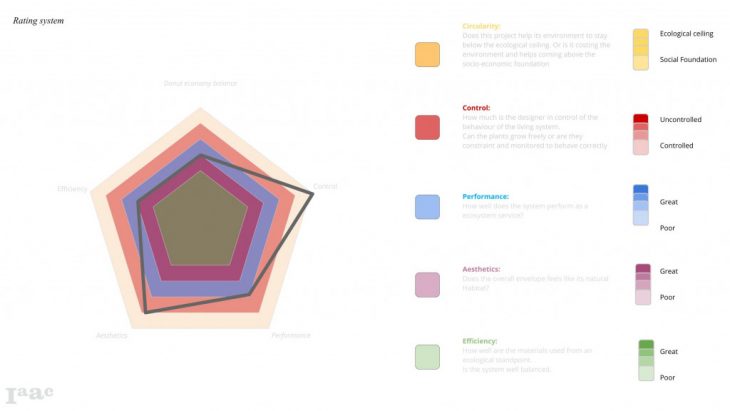As it has been widely underlined in recent years, Global warming is becoming a big problem and carbon emissions from a variety of sources are the cause of it. To control emissions, several carbon emission reduction policies, and schemes such as European Sustainable Development Goals, Green Deal & Paris Agreement have been reached and put in place. However not all countries participate in these global carbon mitigation treaties. One of the many reasons for the absence of participation in developing countries is due to their incapable financial status, so after studying various economic models, this paper is proposing a circular socio economic scenario as a way to solve the problem of responsibility ambiguity. As an instrument for change, which will assist this structure to control air pollution, we are looking into the capabilities that nature itself has in controlling air pollution and on ways which have been entered in the field of architecture with the use of biology through computational design. These capabilities have been studied within a classification system of various architecture showcases which are integrating bio-designed systems with numerous computational approaches. Each showcase has been analyzed regarding Aesthetics, Control, Performance and Efficiency giving us a future protocol, a design tool, for a better understanding of how bio-based architecture can promote air quality and reduce pollutants. 


Conclusion – Proposed methodology
The presented methodology aims to achieve certain biological principles during the design process to produce a more sustainable output and blur even more the boundaries between architecture and biology. The wider framework which will facilitate such a system lays within a circular socioeconomic context, a decentralized system where social equilibrium leads to ecological stability.Individuals need to familiarise themselves with the idea that their everyday actions have a larger impact and societies stability as a whole is the foundation for ecological solidity.
Our methodology defines a certain array of sequential events during the design process although those events have no clear line underlining the end of one and the beginning of the next one. This paper is describing an architecture that is developed as a result of the chosen environment, materialization, and spatial requirements and therefore specifically designed to its location, needs and conditions. It also supports imagination and unpredictability due to the difficulty of dealing with living systems regarding their complexity, entropic nature and time-based character. It is also important to note that the application of a living bio – designed system on a full scale is not yet feasible although it can be applied on temporary small scale installations, pavilions and furniture. We also need to state that this paper is a part of a theoretical approach scratching the surface on a field which is vividly complex and tangible result will need more time and experimentation to absorb and apply in reality but can be considered as an initial milestone for further development.
The integration of Biology & Computational Design is a project of IAAC, Institute for Advanced Architecture of Catalonia developed in the Master in Robotics and Advanced Construction 2019/2020 by: Students: Cedric Droogmans and Alex Varvantakis Faculty: Mathilde Marengo